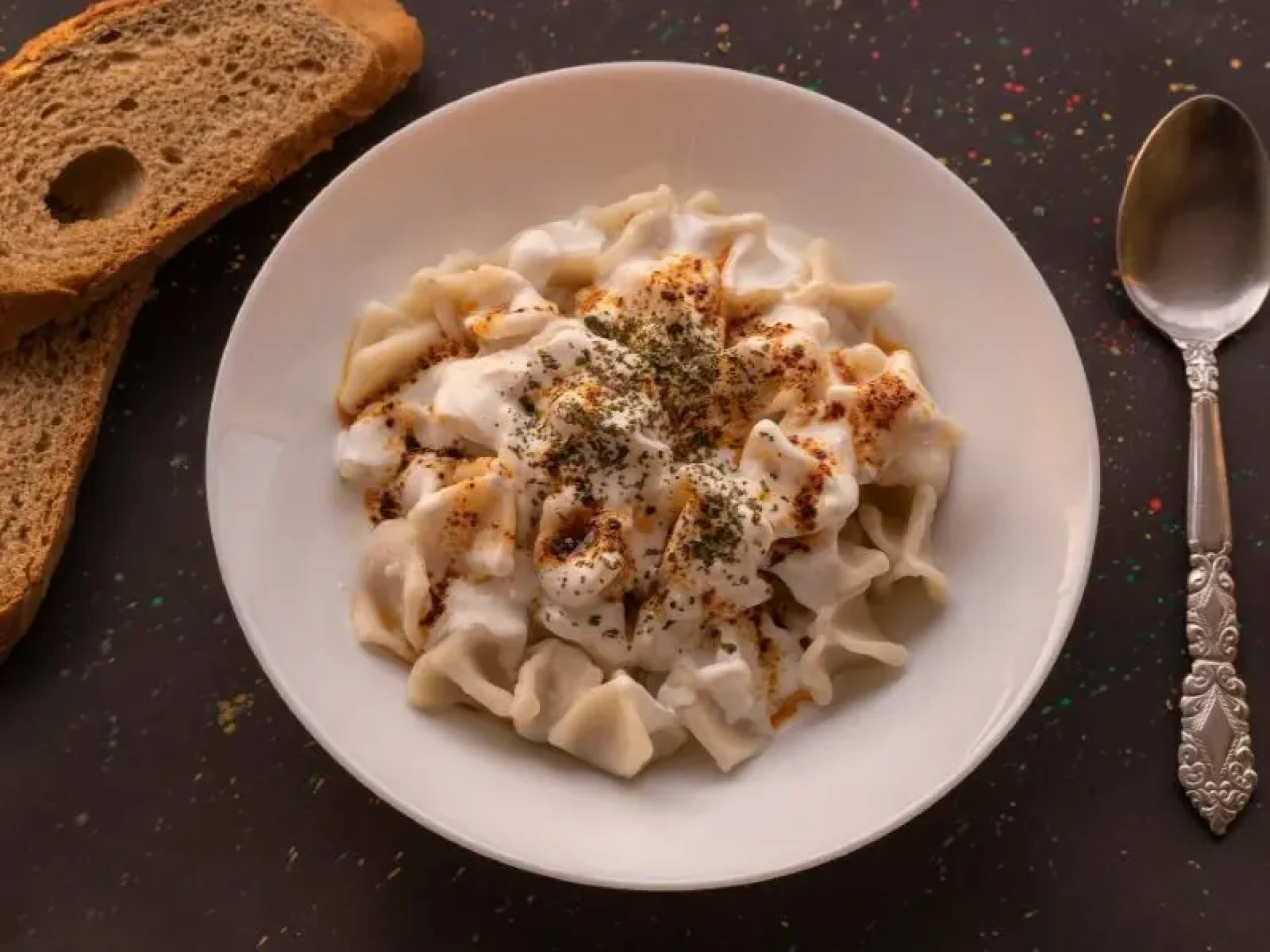
Top 8 Traditional Turkish Dishes That Captivate Travelers
In 2025, Turkey is targeting revenues of up to $25 billion from food tourism by promoting its rich and diverse cuisine, supported by initiatives from the Turkish Tourism Authority to develop niche markets such as gourmet tourism and cultural tourism. Traditional Turkish cuisine combines Ottoman heritage with local flavors, with dishes ranging from the bustling streets of Istanbul to the quiet country kitchens, making it a major draw for travelers seeking an authentic food experience.
Turkish Cuisine and Its Appeal to Travelers
Turkish cuisine has traditionally been one of the main reasons for the annual increase in visitor numbers, offering a unique blend of grilled meats, delicate pastries, and sweets rich in honey and nuts. With the launch of the “Century Tourism Project” and the diversification of destinations to promote sustainable and cultural tourism, tasting traditional Turkish dishes has become an integral part of travel itineraries to Turkey in 2025.
Top 8 Famous Turkish Dishes
Below is a list of the top 8 traditional Turkish dishes attracting travelers in 2025, with insights into their ingredients and presentation:
1. Döner Kebap
Marinated meat or chicken roasted on a vertical spit and sliced to order, served in thin flatbread or in a sandwich with vegetables and sauces. Döner Kebap is considered an easy and quick choice for lovers of Turkish dishes, and as of January 2025 it has even been offered on some flights between Germany and Turkey.

2. Köfte
Meatballs made from minced meat mixed with parsley, onion, and spices, grilled or fried, with recipes varying by region (Istanbul, İzmir, Sakarya…). Trying Adana Köfte or Istanbul-style Köfte reveals the regional differences in Turkish recipes and is one of the standout traditional dishes for travelers seeking local flavors.

3. Lahmacun
A thin dough topped with a mixture of minced meat, tomatoes, onions, hot peppers, and herbs, known as “Turkish pizza.” Its economical price and distinctive taste make it one of Turkey’s most in-demand dishes in local bakeries and markets.

4. Mantı
Small dumplings filled with meat (lamb or beef), boiled and served with garlic yogurt and clarified butter infused with red pepper and mint. Turkish mantı blends the character of Asian dumplings with Mediterranean touches, and is served in specialty restaurants as a gourmet dish for discerning travelers.

5. İskender Kebap
Slices of döner over pieces of pita bread, topped with hot tomato sauce and melted butter, accompanied by yogurt. Originating in Bursa and dating back to the late 19th century by İskender Efendi, it is considered a more luxurious version of regular döner.

6. Börek
Thin yufka (phyllo) dough filled with white cheese, spinach, or meat, folded or rolled, and baked until golden. Börek is considered an ideal snack with tea at local cafés, offering great variety in fillings and shapes.

7. Menemen
Scrambled eggs cooked with tomatoes, green peppers, onions, and olive oil, served hot with bread for dipping. It is an authentic Turkish breakfast dish that adds a warm, homemade feeling to any traveler’s morning meal in Turkey.

8. Baklava
Thin layers of phyllo filled with pistachios or walnuts, soaked in sugar syrup (şerbet) or honey, served cold or at room temperature. It is one of the most famous traditional Turkish desserts; shops like “Hafız Mustafa 1864” and “Karaköy Güllüoğlu” are renowned and frequented by tourists for tasting baklava and other sweets.

Best Places to Try These Dishes in Turkey
Istanbul
- Döner Kebap: Famous at local restaurants on İstiklal Street and in the Sultanahmet area.
- Baklava: The most famous shops are “Hafız Mustafa 1864” and “Karaköy Güllüoğlu.”
Bursa
- İskender Kebap: The original “Kebapçı İskender” restaurant in Bursa, where İskender Efendi invented the dish; his family still manages the restaurant and brand today.
Sakarya and İzmir
- Köfte: You can taste Adana and Istanbul-style köfte at local bakeries and the popular köfte market.
Conclusion
Exploring the top traditional Turkish dishes represents both a cultural and culinary journey, combining history and innovation to ensure an unforgettable experience that goes beyond a mere meal; it is a gateway to understanding the depth of Ottoman history and the cultural heritage accumulated over centuries. When tasting İskender Kebap in Bursa, the taste of hot butter and tomato sauce transports you to the culinary creations of the Ottoman Empire in the 19th century, when food was considered an art reflecting the host’s status and hospitality. Likewise, enjoying Mantı evokes a harmony between Asian and Mediterranean cultures, enhancing your sense of place and belonging, as studies link sharing local foods with visitor loyalty to a destination.
Finally, food tours carry a diplomatic and cultural message; strangers meet around a table filled with pastries, pistachios, and dough, turning food into a universal language that brings people together regardless of nationality. By participating in food tourism in Turkey in 2025, you not only gather delicious memories but also contribute to enhancing cultural understanding and building long-lasting bonds with this ancient land.









